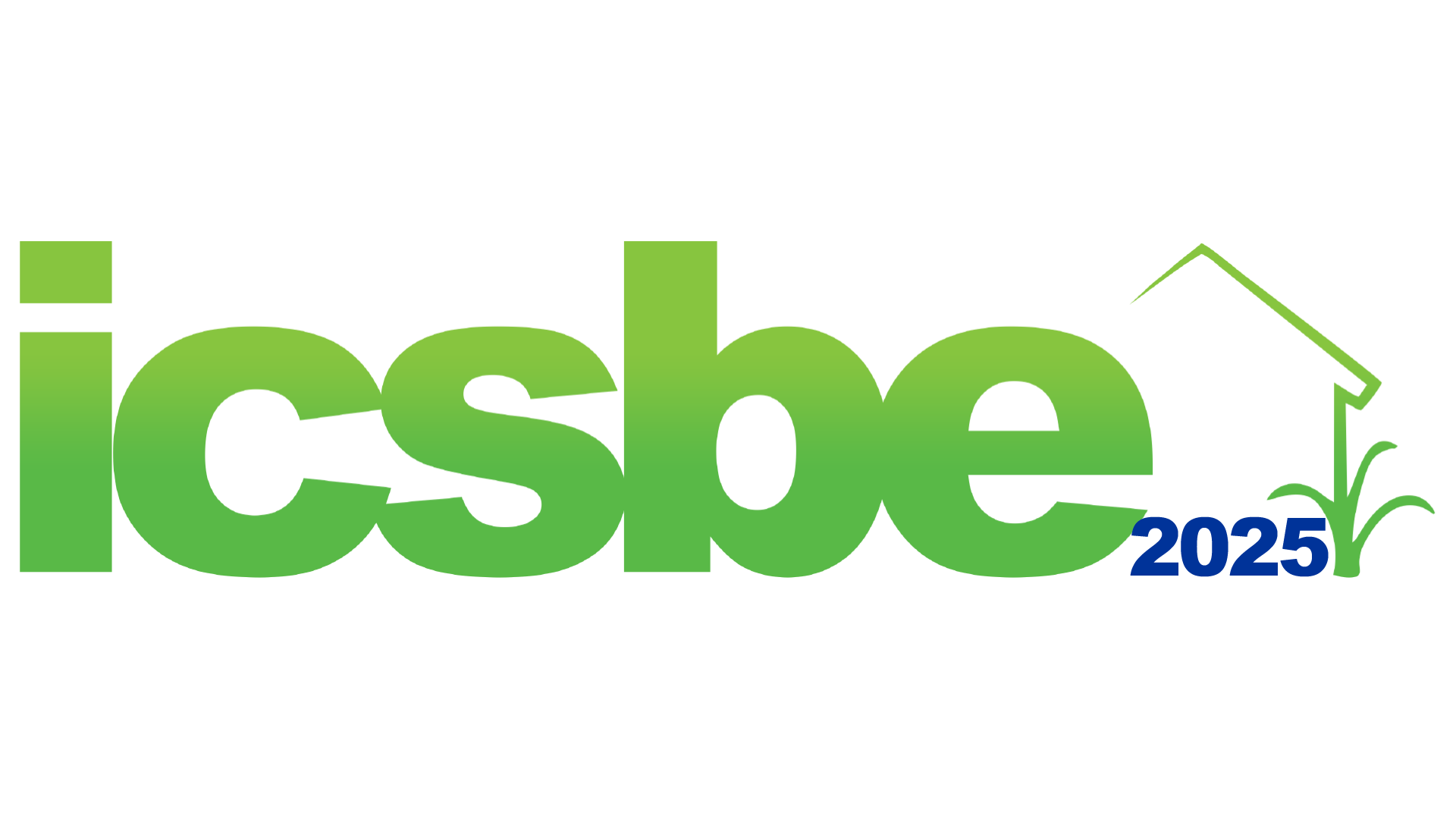RIVER WATER QUALITY MODELING BASED ON DO AND BOD PARAMATERS USING QUAL2KW SOFTWARE (CASE STUDY : WINONGO RIVER, SPECIAL REGION OF YOGYAKARTA)
R Rahmi[1], N Marlina2*, and S Rahmawati2
1 Department of Environmental Engineering, Faculty of Civil Engineering and Planning, Universitas Islam Indonesia, Kaliurang KM 14.5, Sleman Yogyakarta, 55584, Indonesia
2 Environmental Risk Analysis Laboratory, Department of Environmental Engineering ,Universitas Islam Indonesia, Kaliurang KM 14.5, Sleman Yogyakarta, 55584, Indonesia
[1]* Corresponding author’s email: [email protected]
DOI: https://doi.org/10.20885/icsbe.vol2.art13
ABSTRACT
The location of the study was on the 46.93 km Winongo River which passes through the Sleman Regency, Yogyakarta City, and ends in Bantul Regency. The Winongo River receives sources of pollutants such as domestic waste, agricultural waste, and fishery waste so river pollution occurs. The purpose of this study is to analyze the water quality of the Winongo River with point source and nonpoint source pollutant sources and obtain alternative strategies for Winongo river water quality management from the results of Qual2kw modeling simulations that can increase DO concentration and reduce BOD concentration. Based on the results of the study showed that the occurrence of pollution in the Winongo River, as evidenced by the average BOD concentration that exceeded the class II quality standard of 4.45 mg / L and the concentration of 5.38 mg / L. Simulation results of pollutant load modification and local oxygenation simulations were effective in increasing DO concentrations in the Winongo River. Meanwhile, the simulation of local oxygenation and simulation of modification of pollutant loads are effective in reducing BOD concentrations in the Winongo River.
Keywords : River Water; DO and BOD Parameters; Software
REFERENCES
R. Saily and Sjelly Haniza, (2020), “Pendekatan Nilai Kualitas Air dengan Metode Model Qual2Kw pada Parameter Uji DO dan NH4,” Siklus J. Tek. Sipil, vol. 6, no. 2, pp. 167–173, doi: 10.31849/siklus.v6i2.4868.
M. A. Hossain, I. M. Sujaul, and M. a Nasly, (2014), “Application of QUAL2Kw for water quality modeling in the Tunggak River ,” Res. J. Recent Sci., vol. 3, no. 6, pp. 6–14, 2014.
P. R. Kannel, S. Lee, Y. S. Lee, S. R. Kanel, G. J. Pelletier, and H. Kim, (2007), “Application of automated QUAL2Kw for water quality modeling and management in the Bagmati River, Nepal,” Ecol. Modell., vol. 202, no. 3–4, pp. 503–517, doi: 10.1016/j.ecolmodel.2006.12.033.
G. J. Pelletier, “Pelletier_Et_Al_2006.Pdf.”
M. A. Zolfagharipoor and A. Ahmadi, (2016), “A decision-making framework for river water quality management under uncertainty: Application of social choice rules,” J. Environ. Manage., vol. 183, pp. 152–163, doi: 10.1016/j.jenvman.2016.07.094.
A. Rezagama, A. Sarminingsih, A. Y. Rahmadani, and A. N. Aini, (2019), “Pemodelan Peningkatan Kualitas Air Sungai melalui Variasi Debit Suplesi,” Teknik, vol. 40, no. 2, p. 106, doi: 10.14710/teknik.v39i3.2389
N. Marlina, H. Hudori, and R. Hafidh, (2017), “Pengaruh Kekasaran Saluran Dan Suhu Air Sungai Pada Parameter Kualitas Air Cod, Tss Di Sungai Winongo Menggunakan Software Qual2Kw,” J. Sains &Teknologi Lingkung., vol. 9, no. 2, pp. 122–133, doi: 10.20885/jstl.vol9.iss2.art6.
R. Fatmawati, A. Masrevaniah, and M. Solichin, (2012), “Kajian Identifikasi Daya Tampung beban Pencemaran Kali Ngrowodengan menggunakan Paket Program Qual2Kw,” J. Tek. Pengair., vol. 3, no. 2, pp. 122–131, 2012, [Online]. Available: http://www.jurnalpengairan.ub.ac.id/index.php/jtp/article/view/157/153.
N. Ahmad Kamal, N. S. Muhammad, and J. Abdullah, (2020), “Scenario-based pollution discharge simulations and mapping using integrated QUAL2K-GIS,” Environ. Pollut., vol. 259, p. 113909, doi: 10.1016/j.envpol.2020.113909
A. . Mustafa, O. . Sulaiman, and S. . Shahooth, (2017), “Application of QUAL2K for Water Quality Modeling and Management in the lower reach of the Diyala river أ ا ىرجمو ن هايلما ةيغوه لىػ ةرعي سماو ةجذنمه QUAL2K قيبعث لىياد رنهه لفس ل ذوحاش يدحم نيرباص,” Iraqi J. Civ. Eng., vol. 11, no. 2, pp. 66–80.
Q. S. Chen, X. H. Xie, Q. Y. Du, and Y. Liu, (2018), “Parameters sensitivity analysis of DO in water quality model of QUAL2K,” IOP Conf. Ser. Earth Environ. Sci., vol. 191, no. 1, doi: 10.1088/1755-1315/191/1/012030.
I. Rahmandani, D. Hendrawan, and W. Astono, (2021), “Determination of load capacity of BOD pollutant in Cisadane River with Qual2kw model & its effect on DO parameters,” IOP Conf. Ser. Earth Environ. Sci., vol. 894, no. 1, doi: 10.1088/1755-1315/894/1/012014.
A. Gholipour, E. Alamatian, and N. Foerstner, (2015), “Assessing of channel roughness and temperature variations on wastewater quality parameters using numerical modeling,” J. Appl. Sci. Environ. Manag., vol. 19, no. 1, p. 117, doi: 10.4314/jasem.v19i1.16.
D. Dyah, Agnes Novitasari Lestari; Sugiharto, Eko; Siswanta, (2013), “APLIKASI MODEL QUAL2Kw UNTUK MENENTUKAN STRATEGI PENANGGULANGAN PENCEMARAN AIR SUNGAI GAJAHWONG YANG DISEBABKAN OLEH BAHAN ORGANIK (Aplication of Qual2Kw Model to Determine the Strategy in Solving Gajahwong River Water Pollution Caused by Organic Matter),” J. People Environ., vol. 20, no. 3, pp. 284–293, doi: 10.22146/jml.18496.
W. D. Nugraha, (2007), “Analisis Pengaruh Hidrolika Sungai Terhadap Transport BOD dan Do dengan Menggunakan Software Qual2E (Studi Kasus Di Sungai Kaligarang, Semarang ),” J. Presipitasi, vol. 2, no. 1, pp. 66–70.





Leave a Reply
Want to join the discussion?Feel free to contribute!